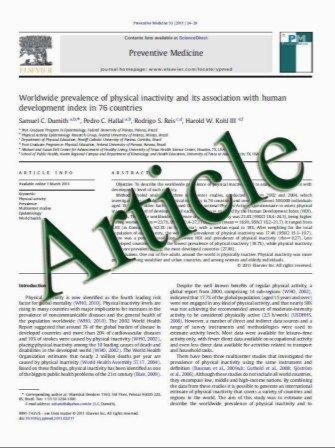Instability, investment, disasters, and demography: natural disasters and fertility in Italy (1820–1962) and Japan (1671–1965)
- نوع فایل : کتاب
- زبان : انگلیسی
- مؤلف : C.-Y. Cynthia Lin
- چاپ و سال / کشور: 2010
Description
This article examines whether natural disasters affect fertility—a topic little explored but of policy importance given relevance to policies regarding disaster insurance, foreign aid, and the environment. The identification strategy uses historic regional data to exploit natural variation within each of two countries: one European country—Italy (1820–1962), and one Asian country—Japan (1671–1965). The choice of study settings allows consideration of Jones’ (The European miracle, Cambridge University Press, Cambridge, 1981) theory that preindustrial differences in income and population between Asia and Europe resulted from the fertility response to different environmental risk profiles. According to the results, short-run instability, particularly that arising from the natural environment, appears to be associated with a decrease in fertility—thereby suggesting that environmental shocks and economic volatility are associated with a decrease in investment in the population size of future generations. The results also show that, contrary to Jones’ (The European miracle, Cambridge University Press, Cambridge, 1981) theory, differences in fertility between Italy and Japan cannot be explained away by disaster proneness alone. Research on the effects of natural disasters may enable social scientists and environmentalists alike to better predict the potential effects of the increase in natural disasters that may result from global climate change.


